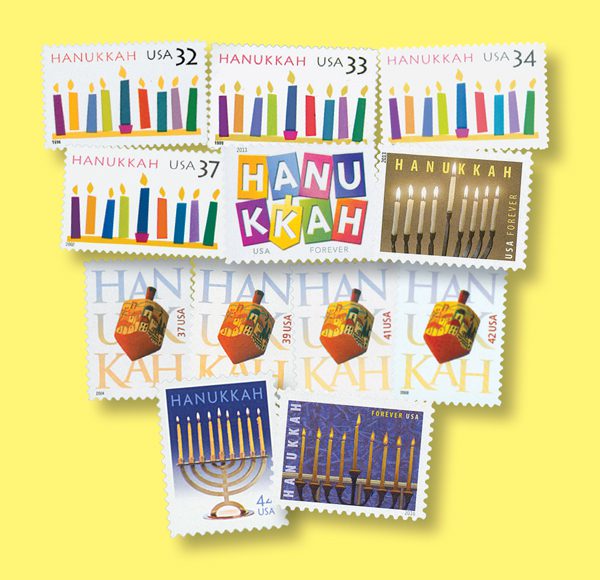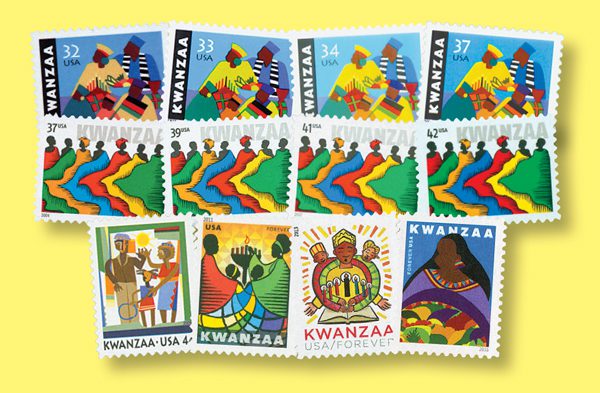Capture of Fort Duquesne

On November 25, 1758, British and Colonial American forces successfully took over Fort Duquesne from the French.
The spot where the Allegheny and Monongahela rivers join to form the Ohio River has long been a significant spot for trade and settlement. In the 1750s, the French began building a series of forts leading to this spot, which upset British settlers who believed it was threatening their land claims.

In 1753, militia officer George Washington was sent to one of these forts to deliver a letter requesting the French to leave but they refused. The following year, a group of Virginians attempted to build Fort Prince George at the strategic Forks of the Ohio. But within two months, a force of 500 French soldiers arrived, forced the Virginians to leave, and tore down their fort. The French then built Fort Duquesne, named after the Marquis Duquesne, governor general of New France.

Hearing of the loss of Fort Prince George, Washington took command of an expedition and headed toward the fort. On May 28, they fought a group of French Canadians in what would come to be known as the first battle of the French and Indian War.

The following year, British General Edward Braddock launched a campaign to retake the Ohio Valley from the French. Its purpose was to capture the French stronghold of Fort Duquesne and push north to Fort Niagara. Unfortunately, Braddock’s plan failed and a much larger French, Canadian, and Native American force ambushed his men. Washington would then lead the survivors to safety following their retreat.
During the summer of 1758, John Forbes assembled a force of between 6,000 and 8,000 men to take on Fort Duquesne. Their first mission was to build a road and a series of supply depots leading to the fort. On September 14, 1758, James Grant led a reconnaissance mission to the fort, but attempted to capture it instead. He suffered a terrible defeat in which nearly half his force was killed or wounded.

Then at the end of October, several Native American tribes signed the Treaty of Easton with the British colonists to end their involvement in the fighting. With the loss of Native American support, the French couldn’t hold Fort Duquesne on their own. As Forbes’ force approached, the French decided to desert the fort and burnt it to the ground on November 24, 1758. The following day, the British colonists officially took control of the fort.
Not long after taking the fort, the British colonists built Fort Pitt on the sight of the former Fort Duquesne. As the French and Indian Wars drew to a close, settlements around Fort Pitt grew rapidly, and thus the city of Pittsburgh was born.

During the Civil War, the fort operated as the Fort Pitt Foundry, providing crucial weapons manufacturing for the Federal government. The fort’s convenient location at the head of the Ohio River made it easy for Union forces to receive their weapons. Among the most significant weapons produced there came in 1864 at President Lincoln’s request. The resulting cannon weighed 60 tons and could hurl a half-ton iron ball up to five miles.
Click here to see what else happened on This Day in History.





Check back tomorrow for more seasonal stamps!

still great info.
I liked the story.
“The spot where the Allegheny and Monongahela rivers join…” seems vague and far away, like the events that occurred there. Most of the people forgotten, maybe never known except by those who lived then, remembered them, or wonder about what happened on that spot. Many names forgotten but each person contributing to an aspect of something within, larger than themselves which matters. Having never served in the military, yet always touched by learning of those who have, especially those that didn’t come home, or did, changed, the tomb of the unknown soldier, to me, represents most all those who have served knowing, so few, so little of the sacrifices by each who serve. Not to lessen military service, but their are so many who serve others though unknown contribute far greater than anyone but the individual will ever know. DENNIS HILLIARD’s sharing about his Dad in yesterdays, “This day in history,” touched my heart deeply. He is a hero, one of those believing in something greater, risking everything to serve others. And is so much more than will ever be known, as disheartening as that can be. My belief is that each person who serves others does so because they believe in something more than themselves. Something greater than being recognized on a stamp, or any way hero’s are. A greater belief to give of themselves over themselves. There is nothing I know that comes close to defining what that belief is. To help others, to serve, over self, all that enables them to do all they do, have done, exceeds everything. Each, I believe, did so because they believed in something greater than themselves whether recognized or forgotten. Thank you Mystic for sharing the stamps of our history which is the combined sacrifices of each and every hero, the belief in making life greater. History is being made right now in places such as the spot named where two rivers join, as it was, “during the Battle of Midway and Guadalcanal.” When Mr. Hilliard’s Dad made the choice greater than self to dive, “in the water and saved three people in the confusion at Midway after his ship was hit by a bomb and blew many overboard.” My sincere thanks to both Mr. Hilliard and his son, Dennis.
Without diminishing Washington’s role, the fantasy persists that he was always “in the right” and folks like Braddock and the French were in the wrong. Some historical accounts of that first skirmish in the Seven Years War have Washington killing a French officer in cold blood and that his strategy during the Braddock campaign was just as defective.